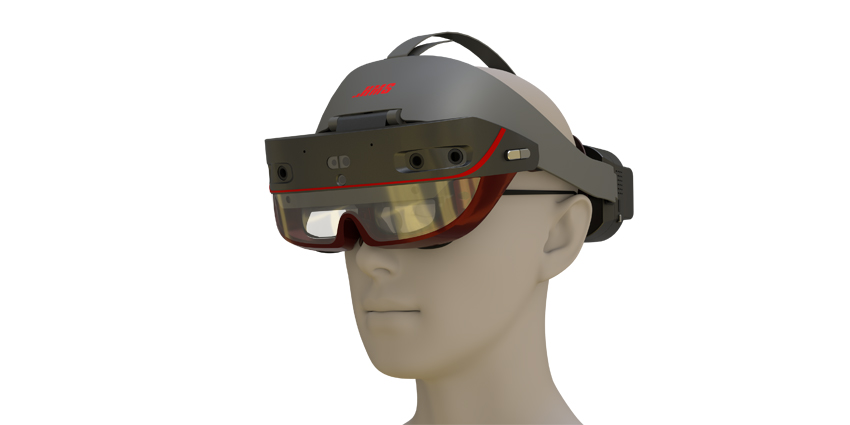TeamViewer is a 2005 remote support services company based out of Germany. The company launched TeamViewer Pilot in 2019, introducing AR-enhanced remote support that would empower both end-users as well as customer servicing organisations. TeamViewer Pilot was showcased at CES 2020, demonstrating how consumers could help their friends or family members set up an electronic device or make an emergency fix through remote collaboration.
In the same year, the company also adopted the Google AR Core Depth API to achieve a better depth perception of real-world environments. This would allow users to write instructions in AR, and place them on objects with far more accuracy. Further releases in 2020 added interoperability with other TeamViewer solutions through advanced workflows as well as Microsoft’s HoloLens MR glasses.
So, how does TeamViewer Pilot help users remotely support and serve customers when making real-world fixes? Let us explore its key features and find out.
What are the Key Features of TeamViewer Pilot?
TeamViewer Pilot couples VoIP video calls with AR annotations to provide a remote SME with an annotate-able view of the field service surroundings. This is enabled by the following features.
Annotate in AR
This is probably TeamViewer Pilot’s most differentiating feature. Whatever the onsite user sees in real-time through a smartphone camera or AR glasses, the SME can view on their desktop and then mark the display. These annotations can be in the form of notes, arrows, or any visible mark this is related to the onsite user. Importantly, annotations made using AR are persistent, sticking to the object even if the camera looks away.
Object and character recognition
TeamViewer Pilot can recognise objects and ensure annotations stick to them. Also, it has optical character recognition (OCR) technology to make sense of any printed information that might be embedded on objects. Once the app recognises characters through OCR, they can be copy-pasted for future reference.
Communication and collaboration
TeamViewer Pilot is equipped with all your necessary communication and collaboration features, including in-app file sharing, real-time multi-user file editing, session recording, and more. Inviting a remote user to a pilot session is extremely easy, as the app generates a unique session code with an invitation link to be sent via SMS. Onsite workers can also scan a QR code to request a session with an SME with specific expertise.
Security
All communication happening in TeamViewer Pilot is secured using AES-256 bit end-to-end encryption. The platform also complies with all major standards for data exchange, including SOC2, HIPAA/HITECH, ISO/IEC 27001, ISO 9001:2015, and GDPR.
What are the Benefits of Using TeamViewer Pilot?
A major USP of TeamViewer Pilot is that it is powered by the company’s large network of partners which includes Microsoft, Salesforce, Freshworks, Zoho, and ServiceNow, to name a few.
How Much Will it Cost?
TeamViewer Pilot is available at a pricing of ₹1,200 per month (approximately $16.46), but this will vary based on the buyer’s location. You could also subscribe to the full TeamViewer platform priced between ₹1,399.00 and ₹6,250.00 per month.







